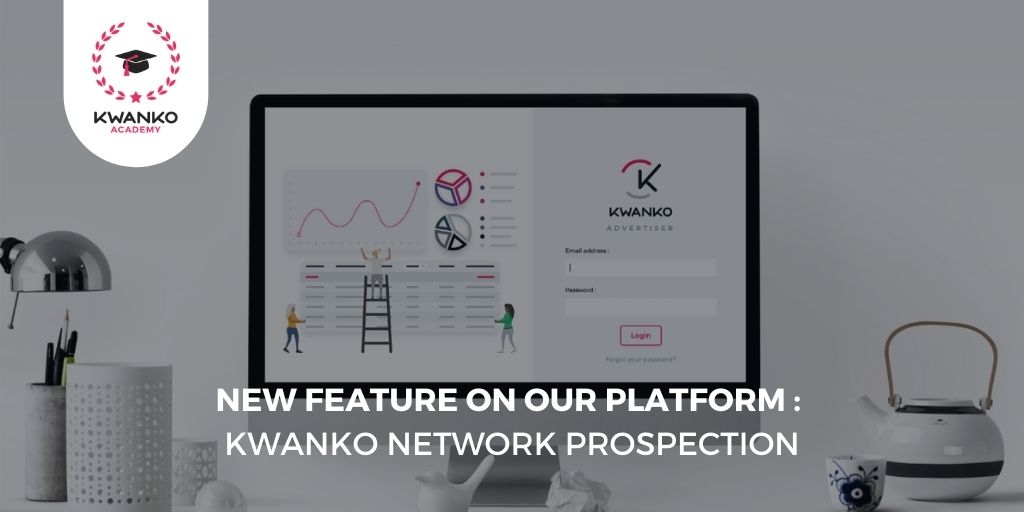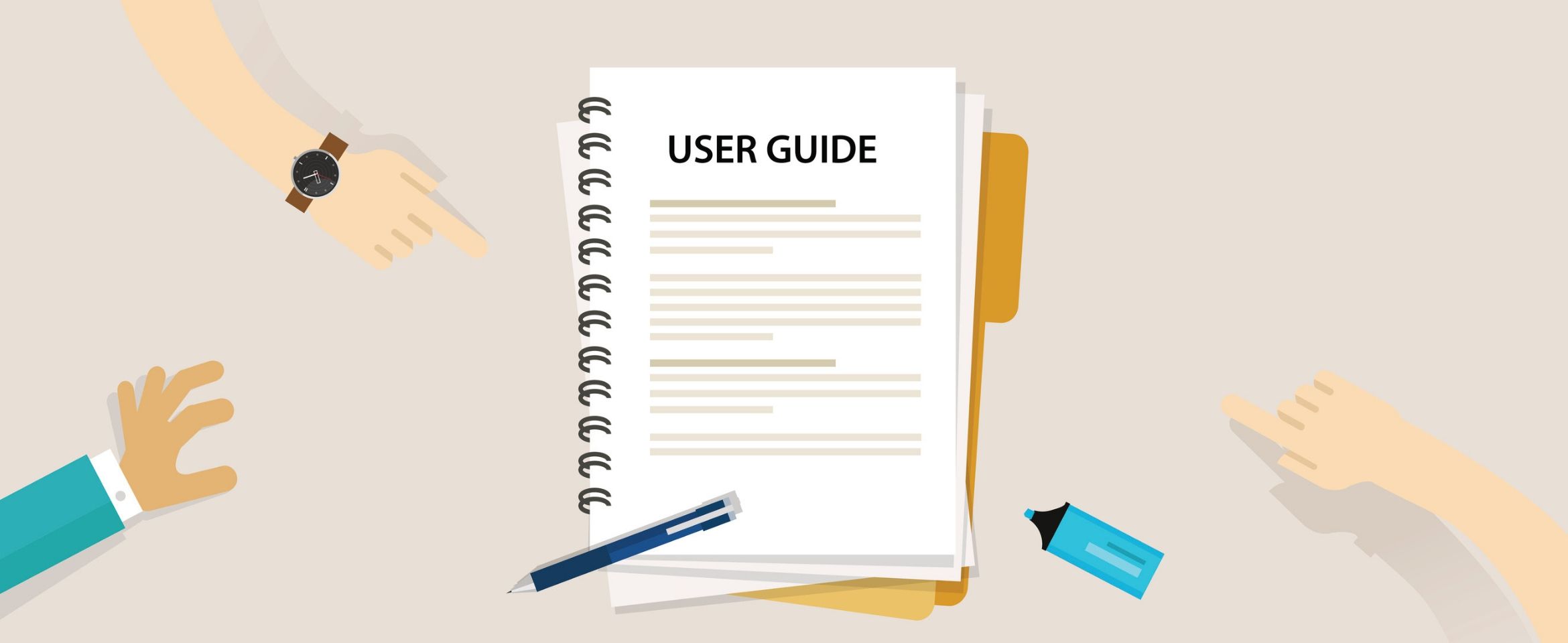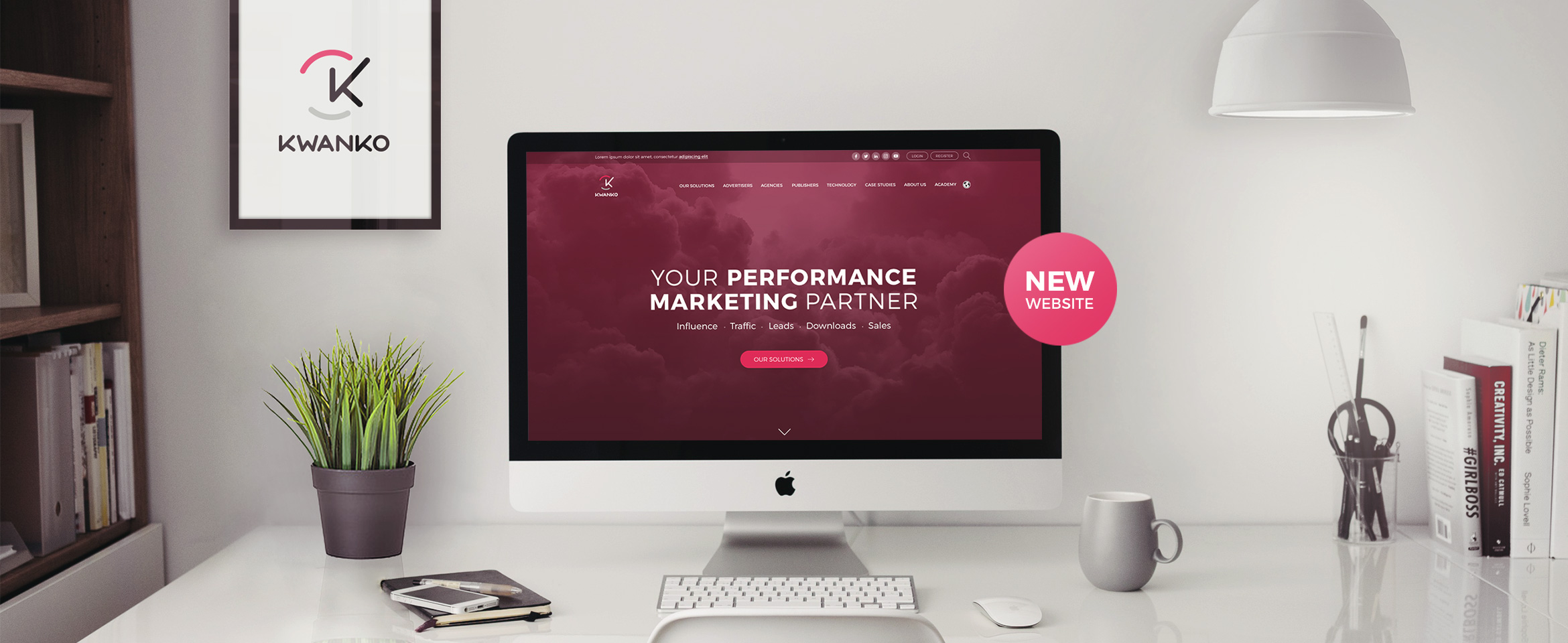Competition pressure is continuous, both online and in physical stores. Lead research and lead qualification are priorities for marketing professionals. Whilst a potential customer can walk up and down a street in front of a carefully arranged shop window, digital stores require a different approach to capture the attention of fickle visitors. And when it comes down to it, retargeting is an undeniably effective strategy to help increase your conversion rate, reduce financial strain on purchasing goals and optimize customer experience.
Establishing the trigger for effective retargeting
The trigger is the action that starts the retargeting process. You can create as many retargeting campaigns as there are triggers. The most important thing is to personalize the relationship between the action and the message. For example, you shouldn’t pass on the same information about a visitor who spends 20 or so seconds on a category page as one who spends four minutes on several product pages from the same category.
It is essential to carefully define your triggers. Retargeting every visitor to your website – including those who only spend 10 seconds on the home page – is not a sensible practice. Not only will you be pointlessly expending your budget, but the visitor may feel they are being monitored and tracked, which is inevitably unpleasant for them.
There are a number of different triggers, so for an effective campaign, you can choose between the following:
An abandoned shopping cart
A visitor (whether identified or not) who adds items to their shopping cart but does not complete the purchase.
A long visit
To one or several pages, which can be measured according to the amount of time spent on the content, links clicked or the number of pages visited.
Visits that vary according to the source
Ads, affiliate links, social media, etc.
Retargeting campaigns can be launched several minutes or several days after the trigger. This is an important criterion as it is directly linked to the objective of the visit: a visit to a blog doesn’t require any immediate action and an abandoned cart could be retargeted in the following 36 to 48 hours. On the other hand, if the cart contains a product that will shortly expire (e.g. a plane or train ticket for an imminent date or a specific transaction that is about to be completed), there’s no reason not to launch your campaign in the following few hours.
Retargeting: what messages should be passed on?
Advertisements linked to retargeting are created automatically. In the case of e-commerce sites, you link a pre-existing template with the content of a catalogue which contains the products viewed. Whilst this can contain thousands of products, the advertiser can choose to select only certain product categories, like those that have the most stock or those with the highest profit margins.
The creation and design process must ensure that the right message is delivered to the right person. Certain retargeting scenarios can also include information on the users if this is known: if a man visits a section of a website targeted towards women, it would be reasonable to assume that he is looking for a gift. Therefore, retargeting can focus on the promotion of a buyer’s guide or practical advice, rather than the product itself.
Retargeting best practices for advertisers.
Vary your retargeting strategy
There are several different types of retargeting, including:
- The web banner, which is the most well-known and most popular medium, but also the most frequently blocked by ad blockers.
- Sponsored social media content: this generally manages to evade ad blockers and features in the news feed of the social media user.
- Emails: emails encourage the user to continue with action, to get in touch the advertiser or to provide them with useful content for inbound marketing processes.
- Videos: they can be used on YouTube when your visitors have already interacted with prior videos uploaded by you (subscribed, liked, viewed, etc.).
Carefully targeting potential customers
For commercial websites, the longer a visitor spends on a page, the more likely retargeting is to be successful. It makes much more sense to retarget a visitor who spends time on a product page as opposed to your home page. You can also conduct smart retargeting campaigns using the sociodemographic data available to you. This is a great way to deliver the right message to the right person.
Finally, be careful not to be too precise with retargeting. This can give the visitor the feeling that they are being tracked which can have harmful consequences. Whilst you may think you’re acting in a considered way, in fact, all you’re doing in ruining your relationship with a potential customer. Retargeting should be used to help build a relationship, not to harass your leads!
Whilst it’s a useful tool to boost sales, retargeting should be used intelligently and astutely. Variables and fine-tuning are essential, so you should make sure you’ve considered all the segments and outcomes before you launch your campaign. Finally, one last semantic clarification. We also sometimes talk about remarketing which can cause confusion. In fact, the term ‘remarketing’ was created by Google as a name for the retargeting solution, but the concept is essentially the same.
Our expert team of programme performance managers is there to help you implement this transformative strategy. Get in touch to find out more!
 Join Kwanko
Join Kwanko  Program Directory
Program Directory  Who is Kwanko
Who is Kwanko  History
History  Careers
Careers  Kwanko Academy
Kwanko Academy  News
News  Case Studies
Case Studies  Strategy and commitment
Strategy and commitment  Social Responsability
Social Responsability  Gender Equality
Gender Equality  Our Environmental Charter
Our Environmental Charter  Our Ethical Charter
Our Ethical Charter  Our responsible purchasing policy
Our responsible purchasing policy  Certifications and Publications
Certifications and Publications 



 Publishers
Publishers Advertisers
Advertisers About Us
About Us  Academy
Academy 














